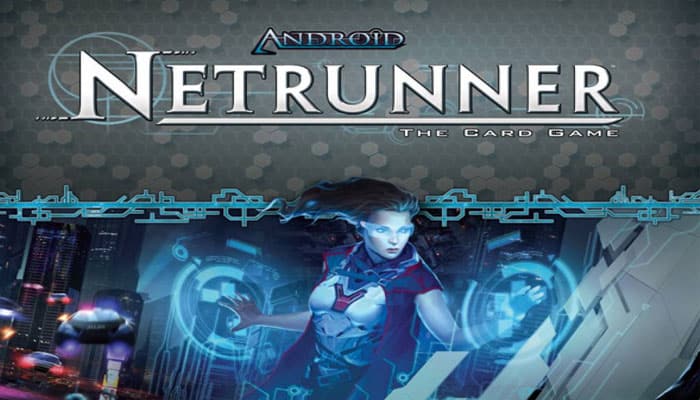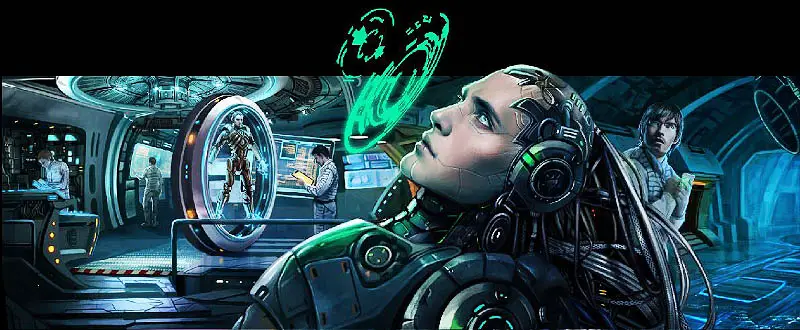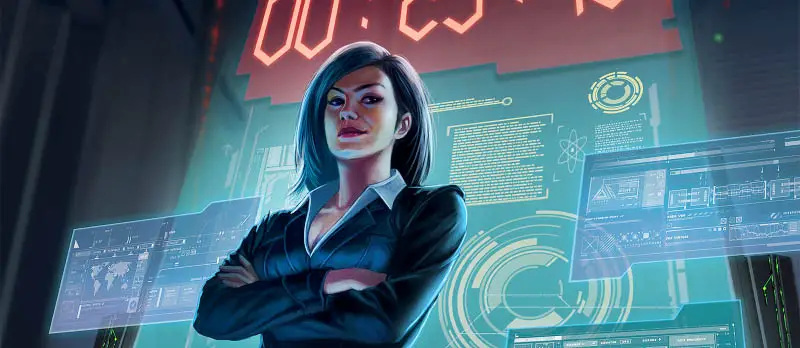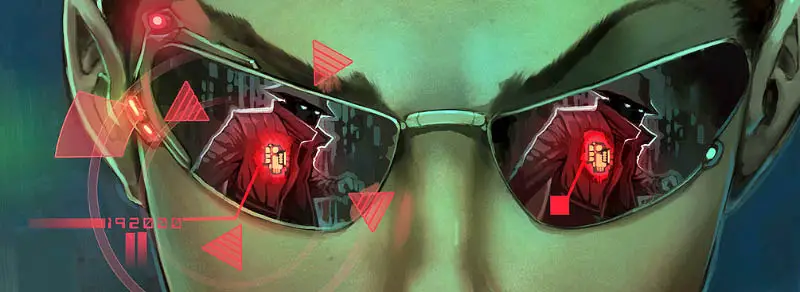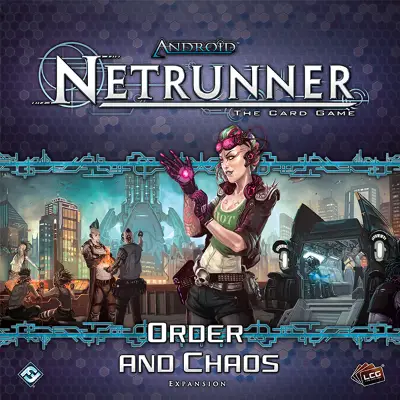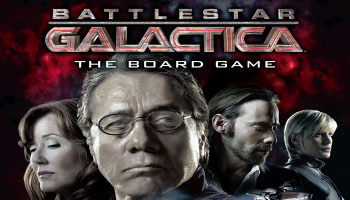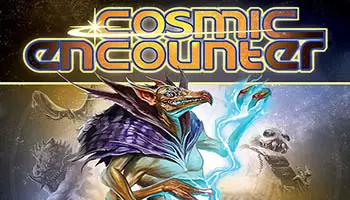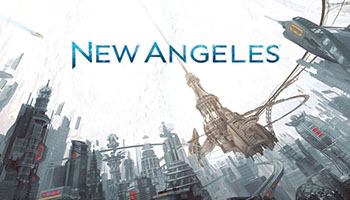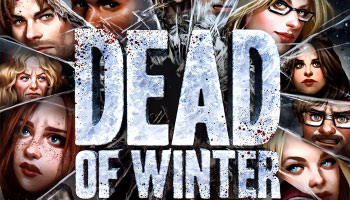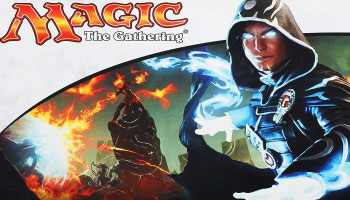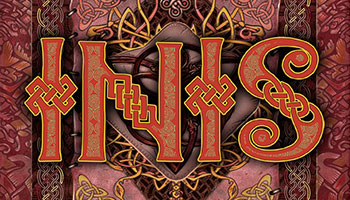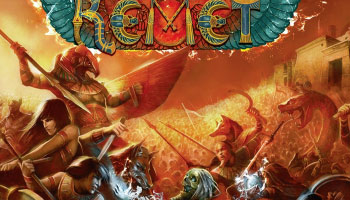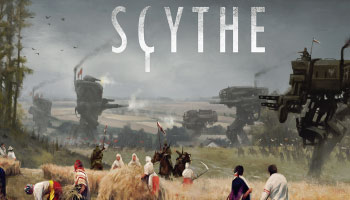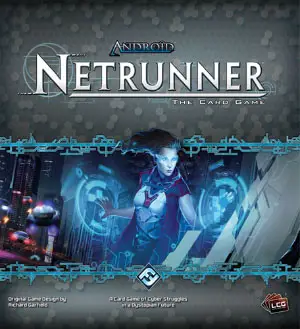
Android: Netrunner is an two player card game. The theme is a cyberpunk future where lone runners are working against an evil mega-corporation and its massive resources.
This board game is unique in that it is fully asymmetrical. So, both players have an excellent different game-play. One player is controlling the corporation and must advance their agendas to score
by setting up security programs. Complex security systems serve as their weapons. The corporation must secure their intellectual properties on the servers against the incursion of the Runners.
The other player, "the Runner", will develop resources needed to hack the corporate security measures. This job is always a little desperated because of tight timelines and shrouded in mystery.
The "server" means certain game zones of the Corporation to attack like a hand, discarded cards and the player's deck. Agenda cards, upgrades and assets form "remote servers".
During a turn a player has a strict amount of actions, also known as Clicks, to do. The Runner can perform four actions, while the corporation has only 3 clicks.
The runner always chooses a server to attack. Whenthe server is unprotected, he get free access to it. The agenda cards are the most valuable to plunder. Apart from stealing, the runner
may crash the equipment of the server.
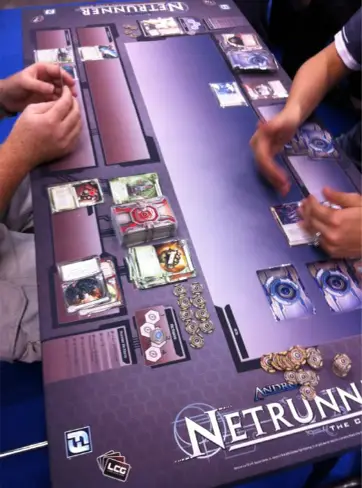
The runner plays cards always face up while the corporation plays them face down. The runner must try to find the agendas by making deductions. Some assets are counters and can confuse
the runner. The attack fails, the runner takes damages and might even die. The corporation defends the servers using Ice cards (placed facedown). However, to counter Ice, the runner can play
Icebreakers.
On his turn, the corporation player have different options: draw cards, gain money, install cards, play cards, and advance cards (like agendas).
On the runner's turn, he can draw cards, gain money, install cards, play cards and he can also make a "run." Making these runs is the crux of the game. Therefor he first chooses the
target. Now, he encounters each piece of ice on that server.
The corporation can rez the ice when the ice is face down. Only then the Ice gets in the runner's way. During the run, the Runner
will also use Icebreakers, however most of them are initial weaker then Ice cards. The runner will need to use money to increase the power of his icebreaker.
When the runner gets throught all of the Ice on that server, the run is successful. Now, he can steal any cards where he has access on. On a "remote server", he can access to the single card
that was installed. On other servers, he can access the entire discard pile or a random card from the corporation's hand or the top card from the draw pile of the corporation.
The first player to score seven agenda points wins the game.
The games offers also many expansions and extra data packs. So, you have a number of options to develop your collection of cards.
Android: Netrunner was created by Richard Garfield, the famous author of Magic: the Gathering.
